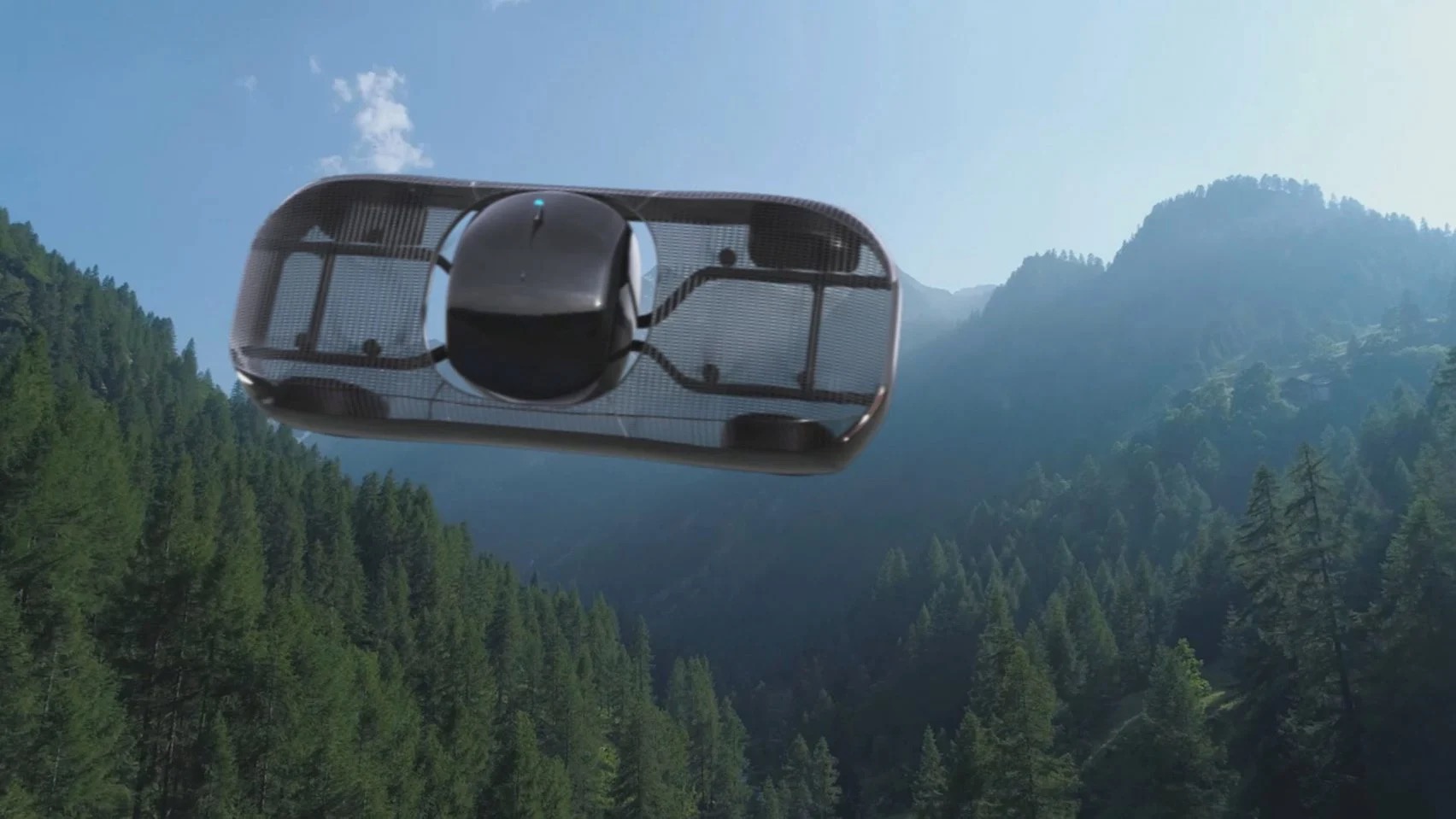U.S: “Drive & Fly Vehicle” Receives Approval from FAA for Trial Flights
It has been awhile since a flying car or now the appropriate definition, “A Drive & Fly Vehicle”, has gained so much publicity. All of a sudden people are waking up to the fact that the previous ‘science-fiction Bladerunner craft’ is transforming into a reality.
This is partly attributed to breaking news this week that Californian company, Alef Aeronautics, has been awarded a special airworthiness certificate by the FAA for its Armada Model A, a prototype electric vehicle that can switch from the roadway to the sky.
The vehicle which has four wheels and eight rotors integrated into its frame, and let’s be honest, looks pretty cool, prompting a Men-in-Black car simile, can now be trialled via public flight demonstrations for the first time.

Some may call this a breakthrough for such a specialist market. Yet, American rival, ASKA, came out this week reminding the world “It has the first “Drive & Fly Vehicle” to start the type certification process with the FAA after its own prototype was awarded Certificate of Authorisation (COA) and Special Airworthiness Certification by the FAA a few months back and has already started flight testing.
Unfortunately for ASKA, Alef has gained the publicity upper hand as looks count, it seems, especially black cool looks, that tickle the media fancy over technological development. For media outlets across the political divide has covered the Model A news this week with various videos, countless images and written words.
Here are a few examples:
Meanwhile, Alef not to be outdone by ASKA, claims “Its Model A is the world’s first real flying car” to be FAA-certified to fly, since similar models that have received approval in recent years can fly, but not fit on regular roads or in parking spaces.”
Perhaps, a dig at ASKA’s rather huge and clumsy ‘Transformeresque’ looking vehicle when driving on the road. Jim Dukhovy, CEO of Alef, added, “This is one small step for planes, one giant step for cars.” Perhaps though, ASKA wins on humour?
Dukhovy goes on, ”We’re excited to receive this certification from the FAA. It allows us to move closer to bringing people an environmentally friendly and faster commute, saving individuals and companies hours each week.”
The Model A prototype which was first unveiled last October is a forerunner of the Armada Model Zero. At first glance, the Model A resembles a regular car, but hidden underneath its mesh exterior are eight rotors, four in the rear and four in the front where the engine would normally be. These allow the vehicle to take-off and land vertically, much like a drone, eVTOL or a helicopter, without the need for a runway.

Zerohedge.com explains, “Suspended in the centre of the carbon fibre frame is the passenger cabin, which can fit up to two people and is set on a pivoting platform known as a gimbal.” The outlet continues, “Once in the air, the vehicle’s entire frame rotates sideways by 90 degrees so that what was once the front and back of the car become two wings on either side of the cabin for maximum speed. Meanwhile, the cabin itself automatically swivels on its axis so it always faces forward.”
Alef says the Model A will eventually have a driving range of 200 miles and a flight range of 110 miles. Yet, there is a downside. As it is technically considered a “low-speed vehicle”, it won’t be able to drive faster than about 25 mph on the road, as it still requires approval from the National Highway Traffic Safety Administration. This is where the ASKA A5 may gain an advantage, as soon it will be allowed to drive up to 70mph on roads.
Alef Aeronautics says it expects to begin production and deliveries of the Model A at the end of 2025, with pre-orders starting at USD300,000.
For more information
(Images: Alef Aeronautics)


